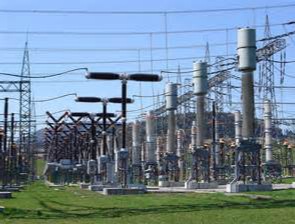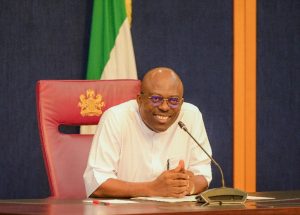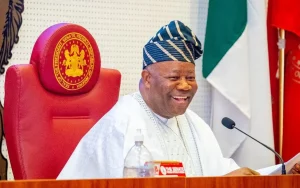Breaking News; Gencos lose N1.66tn over non-payment for unused power
Executive Secretary, Association of Power Generation Companies, the umbrella body for the Gencos, Dr Joy Ogaji, disclosed this on Wednesday at a stakeholders’ meeting on the Regulators Monitoring Programme on electricity organised by the Wole Soyinka Centre for Investigative Journalism.
Ogaji said the available generation capacity dropped to 6,192.34 megawatts this year from 7,792.51MW in 2020 while the average generation capacity rose to 4,120.96MW from 4,050.07MW.
According to the APGC, deemed capacity is the capacity that should have been delivered, but for the system operator’s instruction to a Genco to derate or reduce its capacity to achieve grid balance and stability.
According to her, 34.20 per cent (2,117.86MW) of the Gencos’ generation capacity are currently stranded, compared to 48.03 per cent (3,742.43MW) in 2020.
She said the Gencos recorded a capacity payment loss of N151.22bn this year, N266.10bn in 2020, N256.97bn in 2019, N264.08bn in 2018, N236.47bn in 2017, N273.32bn in 2016 and N214.93bn in 2015.
The government-owned Nigerian Bulk Electricity Trading Plc buys electricity in bulk from Gencos through Power Purchase Agreements and sells through vesting contracts to the distribution companies, which then supply it to the consumers.
On the stranded generation capacity, Ogaji said, “The generation companies are willing to make that power available but the system is not able to take it. So, whether or not it is because Nigerians are not taking the power or they are not able to pay or we are having infrastructural challenges is what government needs to investigate and resolve because this is eight years post-privatisation.”
According to her, the installed generation capacity at the Gencos’ power stations is about 13,427MW.
She said, “So, if we are able to utilise what is already available, which is about 8,000MW, then it will give a boost to generation companies to bring up the rest. But for eight years, we are just remaining within 3,000MW-3,500MW and maximum of 4,000MW. We are not making progress.
“The generation companies also have expansion capacity to double that 13,427MW. What is going on is not given them an incentive to boost it, and their business is, as it were, stagnant. This is in addition to not being paid for what has already been utilised.”
Ogaji put the average annual growth in the utilisation of available generation capacity at 100MW.
The Executive Director/Chief Executive Officer, WSCIJ, Motunrayo Alaka, said the REMOP was conceived as a media initiative geared at following and reporting activities of government agencies, ministries and institutions that have the responsibility to perform oversight functions on particular sectors and or issues.
“The pilot phase of the programme focused on basic education and electricity through the Universal Basic Education Commission and the Nigerian Electricity Regulatory Commission. WSCIJ implements REMOP with support from the MacArthur Foundation,” she added.













